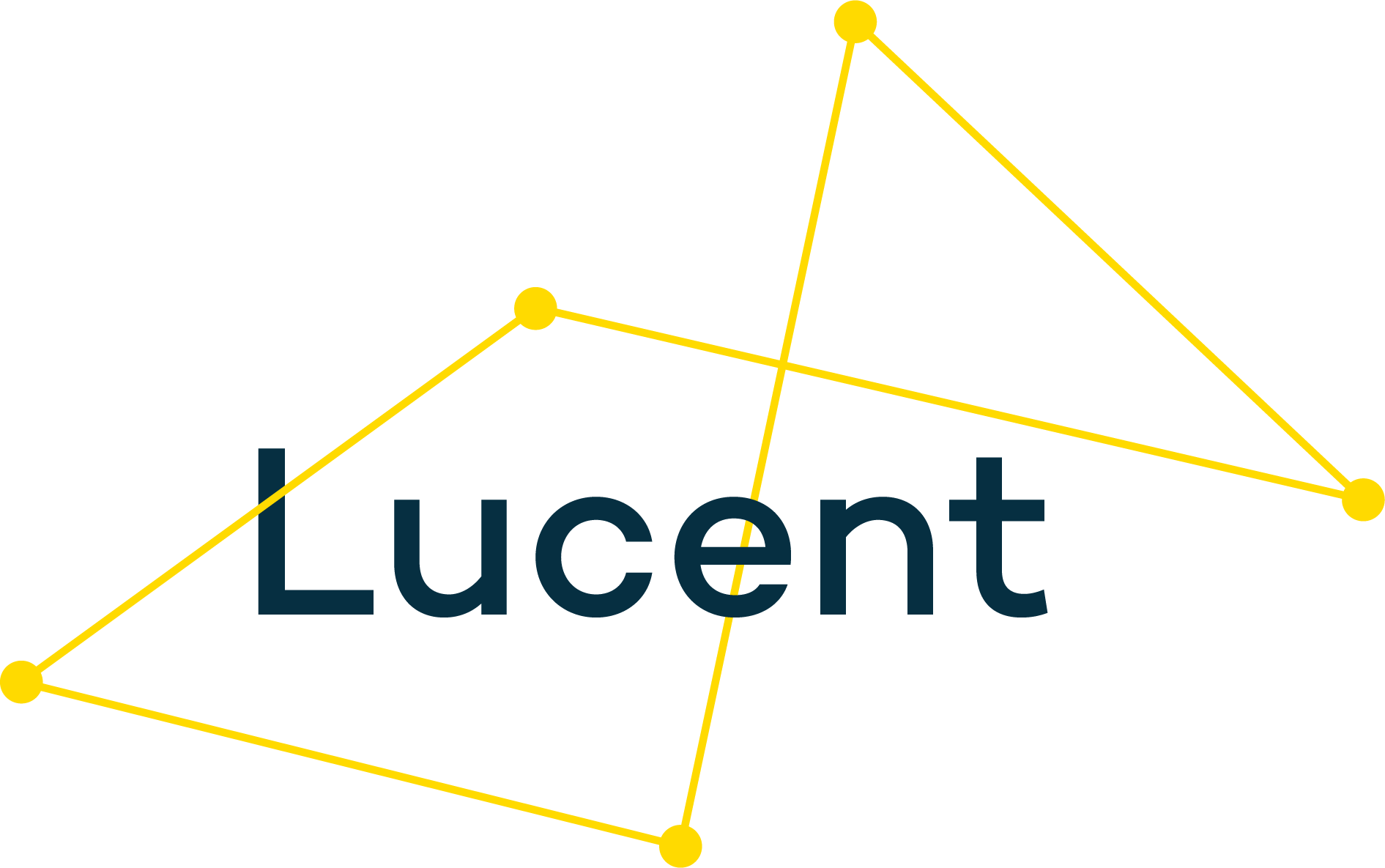5 things that ignite change
At the core of Lucent’s partnership with philanthropic foundations and charities is change.
We have spent the past five years working to help leaders ignite change in their organisations, drawing on our own experience leading that change in senior positions ourselves. As we have learnt what works, we have honed our approach so that leaders have the tools and mindset to support change. Here is a summary of our learning about the five key elements that ignite change.
1. Make a clear case
The first element is a strong case for change. Ironically, the healthiest organisations may need to invest the most in making a case for change. Without an immediate or obvious “burning platform” to respond to, the case for change has to be more nuanced and show how collective energies could be used to make even more and lasting impact.
The case for change is most powerfully made when it reflects fresh insights from service users or volunteers as well as staff and trustee teams. These fresh insights are seized as an opportunity to shift organisational thinking, question assumptions and challenge organisational myths, as well as being candid about gaps in current provision.
2. Build appetite
The second element is building appetite for change. Leaders of change recognise that it is natural (indeed desirable) for different people across an organisation to have quite different appetites for change. They work with this diversity and, rather than end up feeling frustrated and wondering why others don’t see the world in the way they do, take every opportunity in the strategy to build appetite for change.
That is why our most successful strategy processes engage service users, staff, trustees and volunteers as deeply as possible. Not only does this lead to a more thoughtful strategy, but the more you give people time and space to make sense of the change ahead, the more they can translate the big ambition into their everyday priorities.
3. Have a strategy
The majority of our clients are in a strong position to start with. They have strong programmes and dedicated teams. But when asked what this all adds up to, they worry that their energies are not always spent on the things that have most impact. They struggle to say no and to prioritise effectively. That is where a good strategy comes in – a strategy creates clarity in core purpose, sets boundaries between the work that should be done and your organisation’s particular contribution to this work and helps you set clear priorities.
These first three elements can be summarised into a formula – and we often monitor effort across all three as we walk alongside our clients through a strategy process:
But beyond the formula, strategy is a very human process. The structured, analytical process that creates the change equation above has to be combined with the very human elements of community, hope and passion that drive change and particularly social change.
4. Work with open arms
The most effective leaders of change have opened their arms wide and throughout the strategy process. They recognise the power in asking people to share their thinking about the organisation’s future, whether they are service users, funders or peer organisations. People will remember whether they were engaged and how well they were listened to.
Working with open arms is challenging and that is why we offer the support and challenge to senior teams to do this engagement well and early. This is not about the senior team sharing a neat or concrete plan full of answers. It is about coming together, sleeves rolled up and sharing challenges, tensions and complexities. There is a power in this messy process as if people see their own thumbprints on the final strategy that will feel an ownership of it in the long term and the effort of working with open arms will pay dividends long into the future.
5. Change is hard, so celebrate your wins
Change can is hard work and that is why the fifth element that we support is finding new rituals and ways of celebrating wins along the way. This might be spending time in appreciative inquiry, looking to build on the positives you already have in your organisation. It might be asking after each session: “What agreements can we bank?” It may be finding ways to celebrate the daily wins or small changes in practice that help people in their regular working. Or it might be recognising breakthrough moments for what they are by looking back at how the organisation’s thinking or ways of working have shifted over the past year. Whatever your habit, we know from our work that success – and the celebration of that success - definitely breeds success.
While it is difficult to summarise the many and extraordinary journeys we have been on with our clients over this past year, we hope you enjoy this summary of Lucent’s experience and that it helps you as you take the next step in your change journey.

